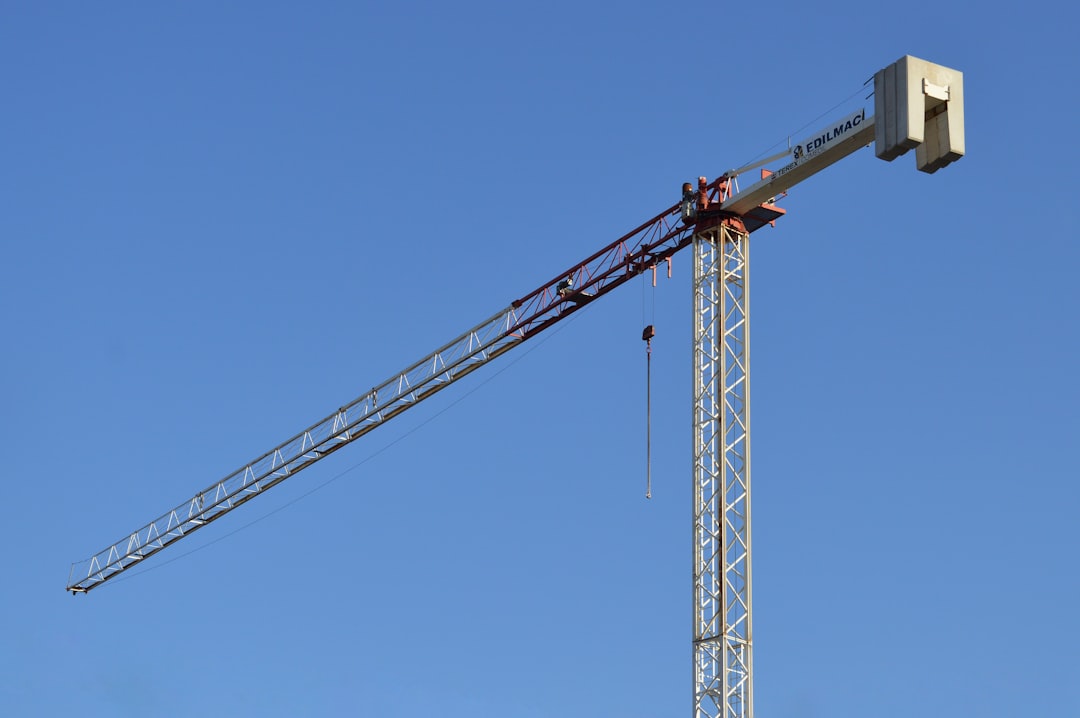In the bustling world of construction, where towering structures rise from the ground, a seemingly humble component plays a crucial role: scaffolding pipes. These seemingly simple metal tubes are the backbone of countless construction projects, providing safe and stable access for workers at heights. This comprehensive guide delves into the world of scaffolding pipes, exploring their various types, applications, safety considerations, and their overall importance in ensuring successful and safe construction projects.
Types of Scaffolding Pipes Used in Construction
Scaffolding pipes are not a one-size-fits-all solution. Different projects demand different types of pipes, each with its own unique properties and advantages. The most common types include:
- Steel Pipes: These are the most prevalent type, known for their strength, durability, and resistance to corrosion. They come in various diameters and wall thicknesses, allowing for customization based on project needs. Galvanized steel pipes are particularly popular due to their enhanced corrosion resistance.
- Aluminum Pipes: Lighter than steel, aluminum pipes are often preferred for projects where weight is a significant factor. They are easier to handle and transport but may not be as strong as steel pipes, limiting their use in heavier-duty applications.
- Fiberglass Pipes: These are non-conductive and offer excellent corrosion resistance, making them suitable for environments with electrical hazards or high humidity. However, they are typically more expensive and less strong than steel or aluminum.
The choice of pipe type depends on factors such as the height of the scaffold, the weight it needs to support, the environmental conditions, and the budget.
Essential Components and Fittings of a Scaffolding Pipe System
Scaffolding pipes are just one part of a larger system. Effective scaffolding requires a range of fittings and components to ensure stability and safety. These include:
- Couplers: These connect pipes together, allowing for the creation of various scaffold configurations. Different types of couplers are available, each designed for specific purposes and load-bearing capacities.
- Base Plates: These provide a stable foundation for the scaffold, distributing the weight evenly across the ground. The size and type of base plate are crucial for ensuring the scaffold’s stability.
- Transoms and Ledgers: These horizontal members provide lateral support and stability to the scaffold structure, preventing sway and collapse.
- Diagonal Braces: These are crucial for enhancing the scaffold’s structural integrity, resisting forces that could cause instability.
- Guardrails and Toe Boards: These safety features are essential for preventing falls and ensuring worker safety at height.
The proper selection and installation of these components are critical to the overall safety and effectiveness of the scaffolding system.
Safety Regulations and Best Practices for Scaffolding Pipe Usage
Working at heights inherently carries significant risks. Strict adherence to safety regulations and best practices is paramount when using scaffolding pipes. These include:
- Regular Inspections: Scaffolds should be inspected regularly for any signs of damage, wear, or deterioration. Damaged pipes or fittings must be replaced immediately.
- Proper Erection and Dismantling: Scaffolding should only be erected and dismantled by trained and competent personnel following established procedures.
- Load Capacity Limits: The scaffold’s load capacity must be clearly understood and never exceeded. Overloading can lead to catastrophic failure.
- Fall Protection Measures: Appropriate fall protection measures, such as guardrails, toe boards, and safety harnesses, must be in place at all times.
- Compliance with Local Regulations: All scaffolding work must comply with relevant local, regional, and national safety regulations.
Negligence in safety can result in serious injuries or fatalities. Prioritizing safety is not just a best practice; it’s a legal and ethical obligation.
Applications of Scaffolding Pipes Beyond Traditional Construction
While scaffolding pipes are predominantly associated with building construction, their versatility extends to a wider range of applications:
- Industrial Maintenance: Access to elevated equipment and structures for maintenance and repair.
- Event Staging: Creating temporary platforms and stages for concerts, festivals, and other events.
- Film and Television Production: Constructing temporary structures and platforms for filming.
- Emergency Response: Providing access to disaster-stricken areas for rescue and recovery efforts.
- Agricultural Applications: Temporary structures for harvesting or maintenance of crops.
The adaptability of scaffolding pipes makes them a valuable tool across various industries.
Maintenance and Longevity of Scaffolding Pipes
Proper maintenance significantly extends the lifespan of scaffolding pipes. Regular inspection for rust, damage, and wear is essential. Damaged pipes should be replaced promptly. Regular cleaning and painting (especially for steel pipes) can help prevent corrosion and extend their service life. Proper storage, protecting pipes from moisture and extreme weather conditions, is also crucial for maintaining their integrity. Investing in quality pipes and components initially contributes to long-term cost savings by minimizing the need for frequent replacements.
In conclusion, scaffolding pipes are far more than just simple tubes; they are critical components that ensure worker safety and project success in the construction industry and beyond. Understanding their types, applications, safety regulations, and maintenance practices is vital for anyone involved in projects requiring elevated work platforms.




